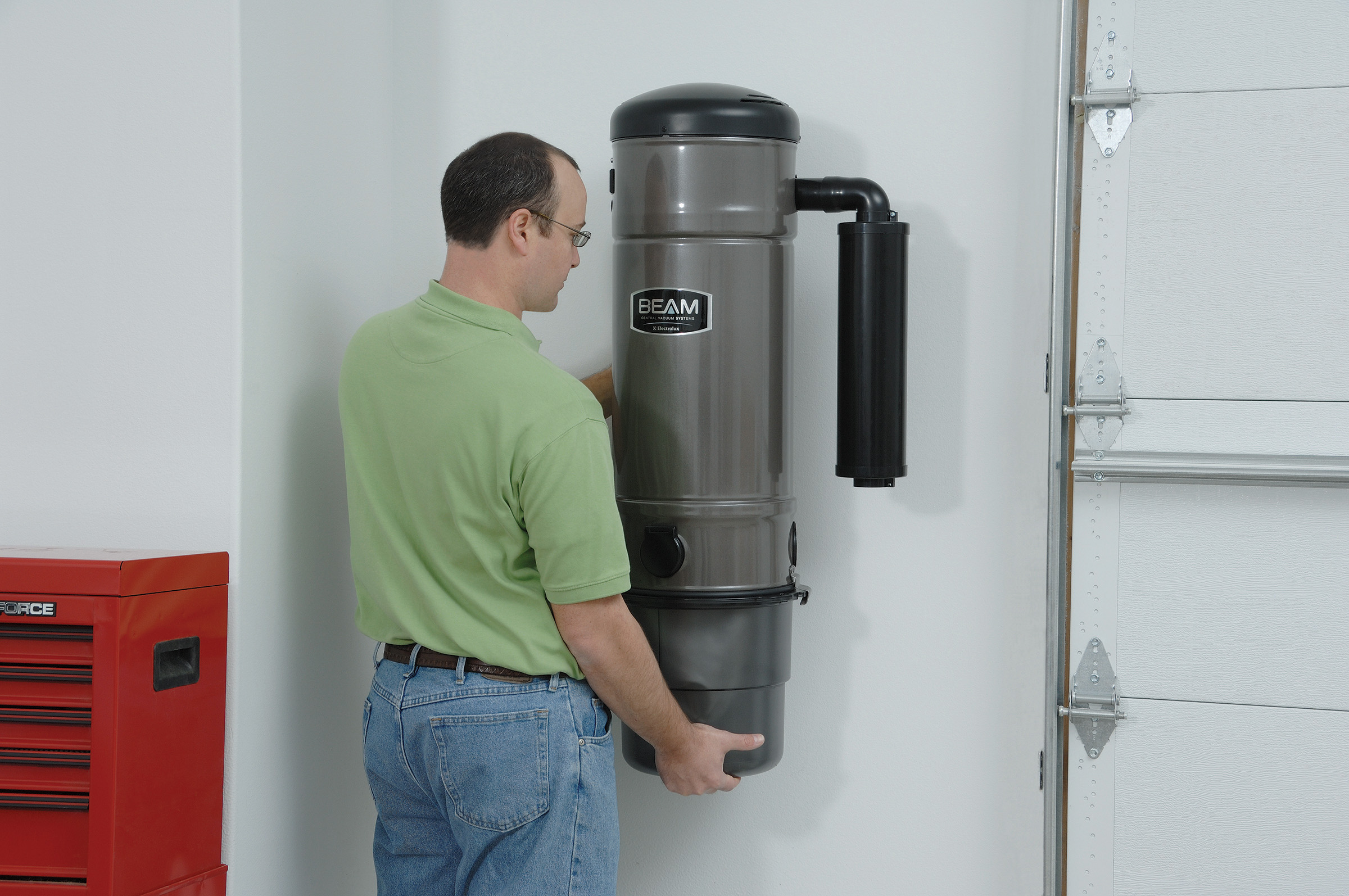Choosing the right central vacuum system involves considering several factors to ensure it meets your specific cleaning needs and preferences. Here’s a step-by-step guide to help you make an informed decision:
1. Assess Your Home Size and Layout
- Square Footage: Determine the total square footage of your home to gauge the power and capacity needed from a central vacuum system. Larger homes may require more powerful systems with larger dirt capacities.
- Number of Floors: Consider how many floors your home has and whether you need a central vacuum system that can efficiently clean multiple levels.
2. Evaluate Cleaning Requirements
- Flooring Types: Assess the types of flooring in your home (e.g., carpet, hardwood, tile). Some Central Vacuums are designed for specific floor types, while others offer adjustable suction settings for versatility.
- Special Cleaning Needs: If you have pets, allergies, or specific cleaning challenges (e.g., high ceilings, stairs), prioritize features like HEPA filtration, specialized attachments for pet hair, and long hoses for reaching tight spaces.
3. Determine Installation Feasibility
- New Construction vs. Retrofitting: Decide whether you are installing the central vacuum system in a new construction or retrofitting it into an existing home. Retrofitting may require professional installation to run tubing through walls and floors.
- Location of Motor Unit: Consider where the motor unit and dirt collection bin will be located (e.g., garage, basement). Ensure there is sufficient space and access for maintenance and ease of use.
4. Research Central Vacuum Brands and Models
- Compare Features: Research different brands and models of central vacuum systems. Compare features such as suction power (measured in air watts), filtration systems, noise levels, durability, and warranty coverage.
- Read Reviews: Check customer reviews and testimonials to gauge reliability, performance, and user satisfaction with specific models.
5. Consider Maintenance Requirements
- Filter and Bag Maintenance: Determine whether the central vacuum system uses bags or has a bagless design. Consider the ease of maintenance, such as how often filters need to be cleaned or replaced.
- Long-Term Durability: Look for central vacuum systems with durable construction and components that can withstand regular use over time. A system with fewer maintenance requirements can save time and hassle.
6. Budget Considerations
- Upfront Costs: Central vacuum systems typically have higher upfront costs compared to traditional vacuums. Factor in the cost of the unit, installation (if applicable), and any additional accessories or upgrades.
- Long-Term Savings: Consider the potential long-term savings in maintenance and replacement costs compared to traditional vacuums. Energy-efficient models may also offer savings on electricity bills.
7. Seek Professional Advice if Needed
- Consult with Installers: If you’re unsure about installation requirements or specific features, consult with central vacuum system installers or dealers. They can provide recommendations based on your home’s layout and cleaning needs.
Conclusion
Choosing the right central vacuum system involves balancing performance, features, installation requirements, and budget considerations. By assessing your home’s size, flooring types, and special cleaning needs, and researching different models and brands, you can select a central vacuum system that enhances efficiency, improves indoor air quality, and meets your long-term cleaning requirements effectively.
